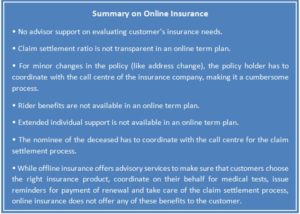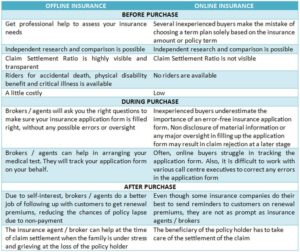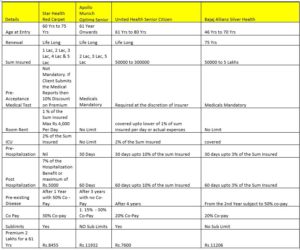The medical costs are skyrocketing, and individuals are having either a personal insurance policy or a group insurance policy provided by their organizations. However, the average corporate or individual insurance cover is in the range of 1L-3L. In today’s life style, the complexity of diseases and the cost of treatment towards the same increased. The cost of a cardiac treatment could cost somewhere close to 5 lakhs.
The increasing cost of the same can be avoidable taking a “top up plan” and “super top up plan”. Now let us see how it works.
What is “TOP up cover”?
The top up cover means, the additional cost on top of the insurance threshold limit can be covered by this top up plans. For example, if you have a health insurance for a sum insured of Rs.200,000 and the cost of a hospitalization is 400,000. In this case, if you have only a health insurance coverage, you are eligible for only Rs.200,000 and the balance needs to be paid by the policy holder. If you have a top up cover plan, the initial 200,000 can be claimed from the basic health insurance plan and the rest 200,000 can be covered by the top up plan.
In the top up cover plan, every single instance the threshold limit will be considered for the top up cover to get implemented. For example, if your basic coverage is Rs.200,000 and the top up coverage is Rs.500,000. If the first time hospitalization is 300,000, then you can claim 200,000 from the basic plan and Rs.100,000 from the top up plan. If you would like to claim for the second time hospitalization, and the bill amount is Rs.100,000, then neither of the policy covers this. The simple reason is that the first policy was claimed fully and the second policy threshold limit is applicable for every single instance.
There are very limited health insurance companies offering the “TOP up cover”. These plans are available for individual, floater and corporate plan also. The cost of the plan is much cheaper than the regular plan and hence it is a dire need in the present scenario as the medical cost is keep increasing.
What is “SUPER Top up cover”?
This works similar to the TOP UP cover plan, however, the top up cover works on the threshold limit on every single instance of hospitalization wherein the super top up works as an aggregator. For example, if you are hospitalized for any time in a year, the plan works in favor of the basic cover and the additional claim can be done through the super top up cover.
For example, if your basic coverage is Rs.200,000 and the super top up coverage is Rs.500,000, if the first time hospitalization is Rs.300,000, then you can claim Rs.200,000 from the basic plan and Rs.100,000 can be claimed from the top up plan. If you are hospitalized in the second instance, and the claimable amount is Rs.300,000, then the same can be claimed from the super top up plan.
Who should consider the top up plan?
The top up plans are available to the extent of Rs.500,000 and would be suitable for individuals having a coverage between 1-5 lakhs. The deductible premium should also be between 1-5 lakhs. The premium for a top up plans is cheaper compared to a super top up plan as the features are lesser.
The super top-up plans are available to the extent of Rs.10 lakhs and would be suitable for individuals who would like to have a higher sum assured would go for this. Though the premium for this plan is little higher compared to top up plans, the benefits are higher.
If you are married and having two kids and paying adequate premium for a larger coverage should consider the top up & super top up plans offered by the insurance company and also this would be suitable for individuals having a group medical insurance offered by their company coverage between 1-3 lakhs.
Features of the “TOP UP” and “Super Top up” Plan:
- Cost effective: The cost of the regular health insurance plans is costlier, but the top up plans are very cost effective. For example, family floater plan for a 4 members with 3 Lakhs deductible with 10 lakhs sum insured on the super top up plan works out to be Rs.9112/- and the cost of the basic plan works out to be Rs.10291/-. Thus saving 3 times of the cost by taking a super top up plan.
- Tax benefit : This premium payment towards this plan can be saved under the 80(D) of income tax.
- No Basic Plan: This top up & super top up plan can be taken even without the basic plan, if the threshold limit can be borne by the individual.
- Group Plan : If you have a group health insurance by the company, the same can be utilized as a basic plan and can buy top up and super top up plan in addition to the basic group plan.
- Buy from any company : The top up & super top up plans can be bought from any company. For example, if you have a basic plan with A company, it is not compulsory to buy the top up plan from the same company, this can be bought through any other company than this.
- Conversion : If you have a health coverage from your organization, you can take up a super top up plan and at the age of 55, this plan can be converted to a regular plan. This is a special feature introduced by a recent launch from a private health insurance company which may be followed by the other insurance company product too.
Thus we conclude that this has lot of benefit and hence to cover the increasing medical cost can be covered by taking a top up or super top up plans depends on individual needs. This would be even more suitable for individuals having a group cover from their organization.
TEAM WEALTH LADDER







